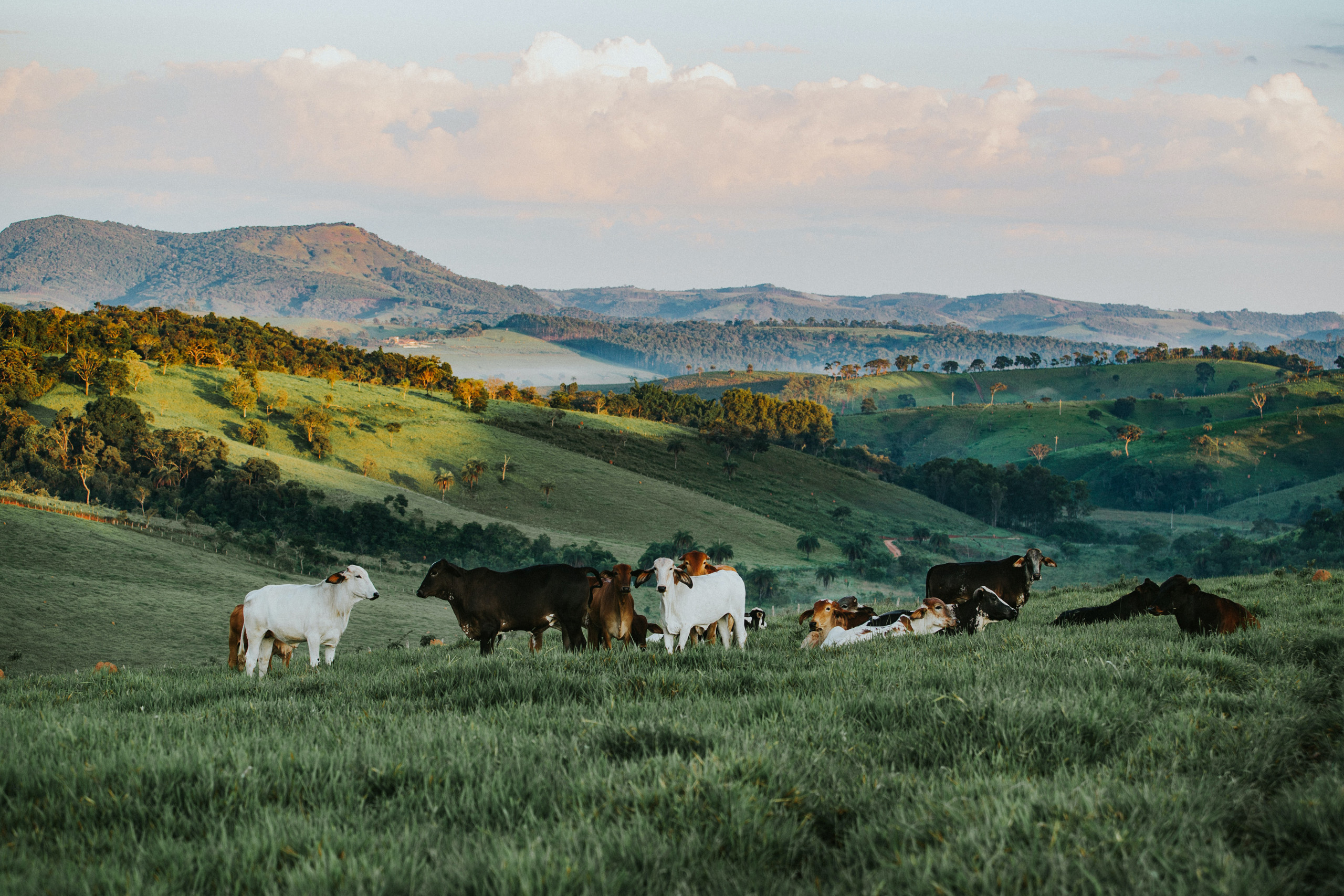Livestock holds a crucial position in the livelihoods of many farmers, making it essential to protect them from predators. In the following, we will provide seven practical techniques to achieve this objective.
Why Owning a Guardian Animal Could Be a Sensible Decision
Owning a guardian animal on your farm offers multiple benefits. In addition to protecting your livestock, they can effectively reduce stress levels, leading to improved weight gain in your herd and ultimately increasing your profits. Moreover, guardian animals act as an early warning system, notifying you of potential predators or threats, and giving you sufficient time to respond and take proactive measures. Hence, they play a vital role in ensuring the safety and security of your farm.
The choice of a guardian animal depends on several factors, including the type of livestock, the farm’s layout, and the presence of predators. Other animals that are not explicitly designated as guardians can also contribute to safeguarding livestock. For instance, barn cats can help manage rodent populations, reducing the risk of eggs being eaten. Roosters can also play a role in monitoring the safety of a flock. By conducting extensive research and selecting appropriate guardians based on specific needs, livestock can be effectively protected.
It is recommended to incorporate guardian animals into your herd when they are young to ensure they grow up alongside the livestock they are tasked with protecting. Moreover, it’s worth mentioning that while livestock guard dogs typically do not coexist with the herd, donkeys and llamas reside alongside the livestock, fostering a deep bond and providing heightened security. There are many cost-effective popular security barriers in the UK. One of them is a single steel bollard (fixed, telescopic and removable) for heavy-duty, crash, and height restriction barriers.
Developing a Collaborative Initiative
When herd animals perceive a threat, they naturally gather in a cohesive unit for safeguarding purposes. Cows and goats exhibit this defensive behaviour, utilizing it to deter predators. Predators tend to target moving animals rather than stationary ones, which is why these animals find it advantageous to remain in close proximity while grazing. This collective approach serves as a deterrent due to the increased size of the group and reduces the likelihood of smaller animals, such as goats, being targeted individually. Employing a buddy system is a practical approach to protecting your herd animals from potential harm.
Livestock fence posts comprise several high tensile line wires supported by Corrie Dropper bars. This type of fencing has gained significant popularity among farmers over the years. The intermediate posts can be placed at intervals of 7.5 meters, while the straining positions are set at intervals of 150 meters. Depending on the specific application, high-tensile line wires or strands of high-tensile barbed wire may also be used to secure the stock wire to the fence.
Implementing Progressive Techniques in Agriculture
Livestock protection remains a perpetual struggle for farmers who are well-informed about the constant danger presented by predators. Despite the availability of various methods to discourage attacks, such as changing the location of pig pens or adjusting grazing schedules, one highly successful strategy involves acquiring a comprehensive comprehension of the behavioural patterns demonstrated by farm predators. To illustrate, coyote attacks are most commonly observed during the spring and summer seasons, when they are actively caring for their young. By carefully timing the birth of livestock to align with periods of decreased predator activity, farmers can effectively minimize the likelihood of attacks.

